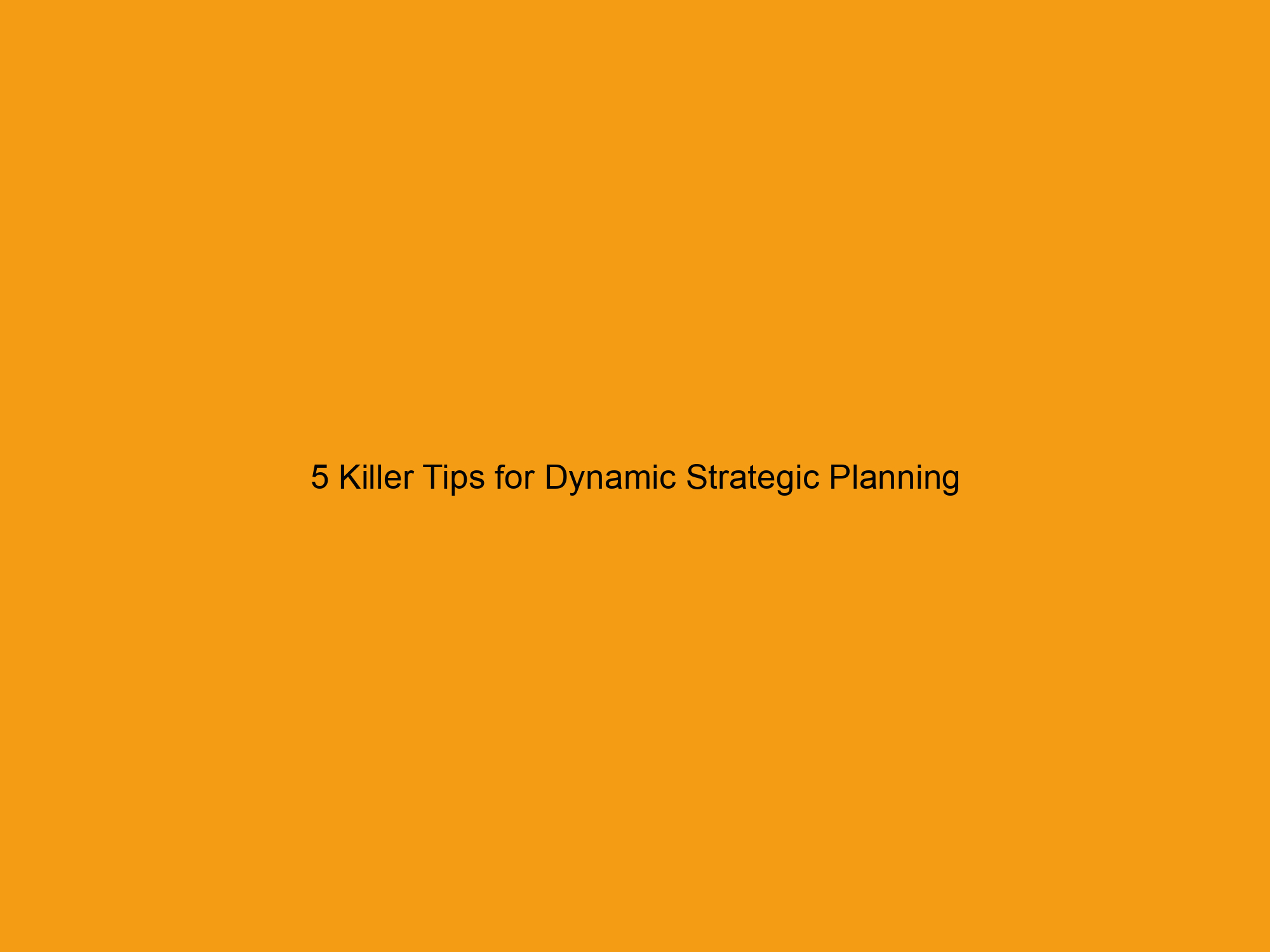Change is a crucial reason a not-for-profit needs to revisit and revise its strategic planning frequently. As dynamic as change itself and also the strategic planning procedure can be created.
However it requires dedication as well as focus. This informative post offers five suggestions to ignite the procedure, including doing the required prep work and employing a facilitator.
5 tips for dynamic strategic planning
Is your non-profit the same organisation it absolutely was three years back? Are your stakeholders the same now as then? Is your community and its particular support of your own non-profit the same?
It’s been stated the only thing certain in life is change, which means you probably answered “no” to each of these questions. Change is a crucial reason why your not-for-profit needs to revisit and revise its strategic plan frequently. And you will make as dynamic as change your strategic planning process itself. However it requires dedication as well as focus.
Ignite the procedure
Here are five suggestions to assist you ignite the strategic planning process:
1. Don’t wait too long. Three years is about the appropriate period of time between strategic plans for most organisations. The aims and objectives you developed three years past may still be on target, however it’s more likely they aren’t.
Just about all nonprofits have fought throughout the previous couple of years: Generally, backing and individual contributions are down, staffs are smaller, and direction changes have been common. Now could be the best time to resize your organisation’s future and plot the course to get there. Strategic planning might be only the start your nonprofit needs to revitalise.
2. Leave the . Because strategic planning is all about a mission, a vision, and large-picture targets and targets, the procedure functions best when people brainstorm in a fresh setting. The strategic planning team is required by this to briefly put aside daily operations and get away from the office.
The centre of most strategic plans could be formed over a few days. So have designated staff members take care about what can’t wait — the remainder of the job can sit until the workers in the strategic planning team return to the office. Even better, hold your escape over the weekend.
3. Hire an outside facilitator. Your nonprofit’s executive director will take a lead role during the strategic planning sessions. However, the detachment of an outsider is invaluable when working with a planning team of customers, board members, staff and management.
A facilitator can make the sense that all ideas are great suggestions and keep the group on track. Team members might be more willing to talk candidly and throw away “the way we’ve always done things” at the urging of an outside professional with no vested interest within the organisation.
In Addition, a seasoned facilitator will be at ease using approaches that stimulate thinking, like the “scenario approach,” in which strategies are analysed against potential outside and internal events. (Your No. 1 capital source dries up, your executive director retires early, etcetera.)
4. Do the prep work. You and also your staff should compile a group of files that tell the story of your own nonprofit, its present scenario, and anything firmly related to its function — for example, demographic trend advice along with the outcomes of the membership-needs survey (if appropriate). In addition, you should have a narrative description of your own organisation, including its values, history, mission, plans, leadership, staff and financial status.
Several organisations also comprise a SWOT analysis — a comprehensive description of the nonprofit’s strengths, weaknesses, opportunities and threats. Some nonprofits take the procedure a step farther with a PEST analysis, which looks at the environmental, political, social and technical factors impacting the organisation.
5. Make the major choices. The strategic planning sessions must concentrate in the large picture as you review your nonprofit’s mission statement and make a clear and concise vision statement about what your organisation will seem like at a unique point later on.
Then you definitely’ll wish to discuss and draft your nonprofit’s goals (not more than two or three), objectives which should be met to reach each aim, and strategies for accomplishing the objectives.
As an action plan should be formed by the strategic planning team using a timeline and assigned duties, a followup to the sessions. Following the tactical plan is accepted by the board of directors the action plan will be the execution boilerplate.
Ensure that it stays critical
The shape will be dictated by the uniqueness of your organisation, sophistication and, obviously, the content of your own tactical plan.
The challenge after strategic planning would be to execute the plan in a timely manner and to review it along the way for important changes that must definitely be considered.

